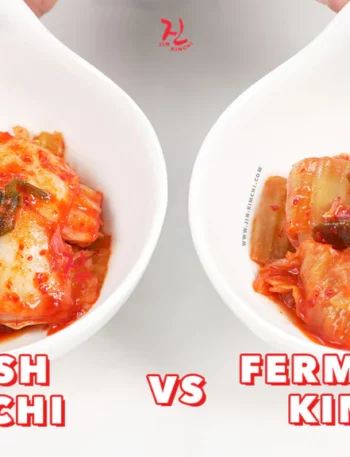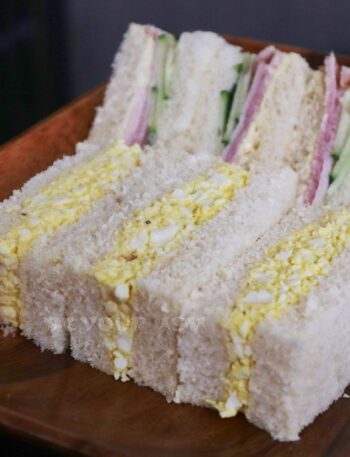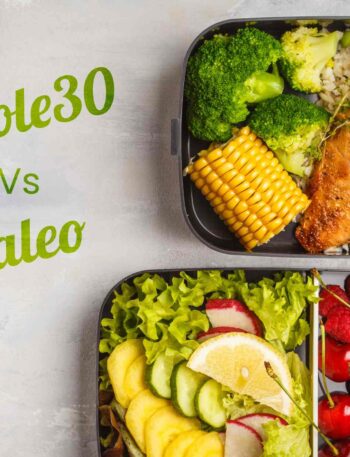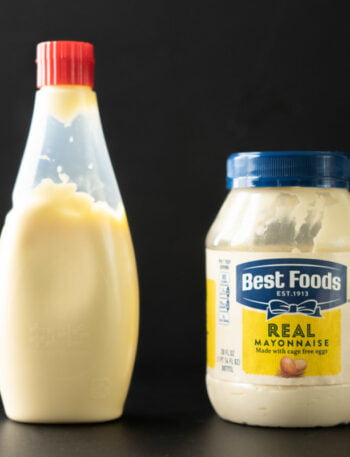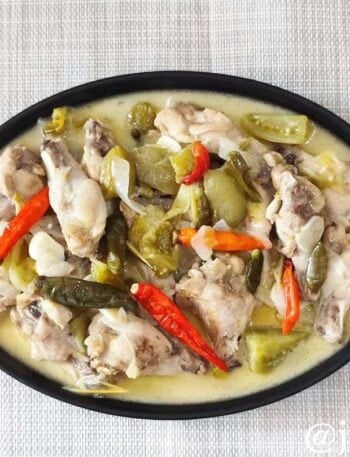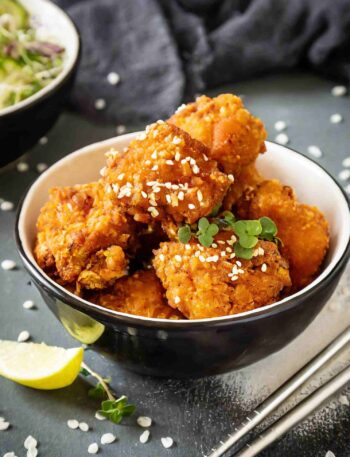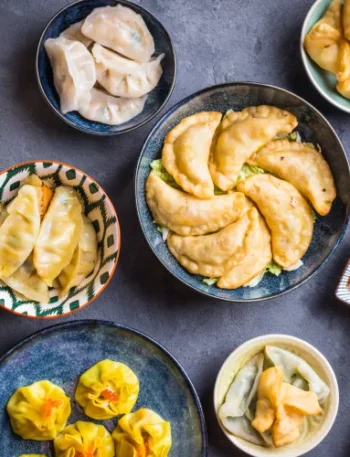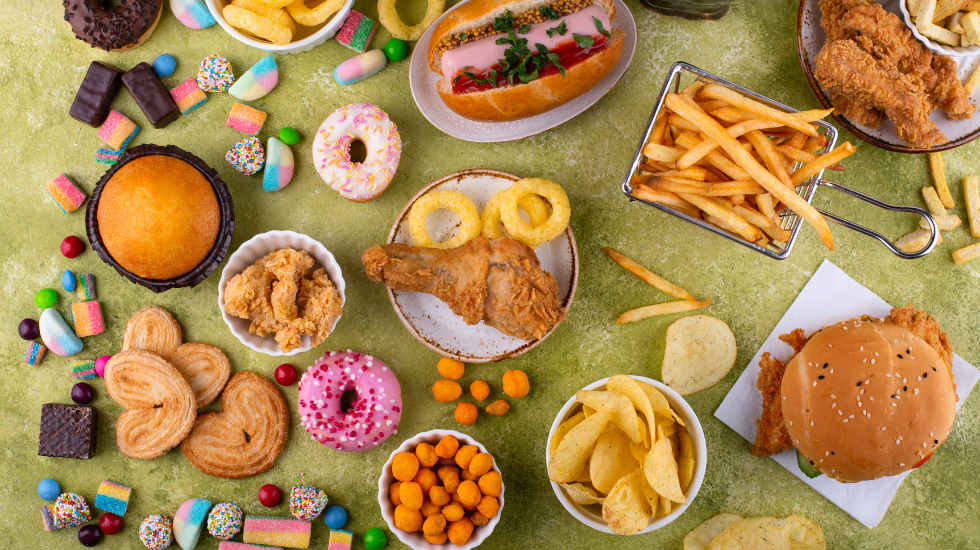
“Apa yang terlihat kotor, belum tentu membawa penyakit. Kadang, yang terlalu bersih justru bikin rapuh.”
—an old Indonesian saying that hits harder the more you think about it.
Somewhere between kale smoothies and zero-carb nonsense, we lost the plot. We started calling food “clean” or “dirty” like we’re judging laundry, not nutrition.
And in the crossfire of all that diet drama, one humble, greasy, delicious dish has been dragged through the mud for years—only now it’s crawling back with receipts and revenge.
Lard.
Yes. Pig fat.
The culinary outcast. The cholesterol boogeyman. The greasy sinner of your grandmother’s kitchen. Turns out, this so-called villain might’ve been the quiet hero all along.
For decades, we were told to stay far, far away. Blamed for everything from clogged arteries to early death. Fast forward to now? The same fat that was demonized in the ’80s is getting the nod from certain corners of the wellness world, biohackers, ancestral eaters, and yeah—even cardiologists who’ve started side-eyeing the real culprits behind chronic inflammation.
Let’s be clear, this ain’t about glorifying bacon grease like it’s liquid gold. It’s about rethinking why we slapped a big fat “unhealthy” label on something without fully understanding the whole damn picture.
Because when you look closer, lard—real, unprocessed, traditionally rendered lard—has some surprising cards up its sleeve.
First off: it’s natural as hell. No hydrogenation. No weird lab experiments. It’s not a Frankenfat. It’s the OG. And unlike the infamous margarine era that gave us trans fats and heart disease on a silver platter, lard has been around for centuries—used in everything from pastries to pempek palembang, with no health apocalypse in sight.
Secondly, lard is surprisingly rich in monounsaturated fats—the same heart-friendly type found in olive oil. Yeah, you read that right.
It even contains vitamin D, something most modern folks are severely lacking unless they live on the beach naked. It’s shelf-stable, it doesn’t burn up like vegetable oils when you cook, and it makes food taste like it actually wants to be eaten.
So how did we get it so wrong?
Two words: Food politics. And maybe a little too much trust in processed “health” trends. See, the war on fat wasn’t started by science—it was backed by industry. Seed oil empires needed room to grow.
So lard got the boot, and canola walked in like it owned the place. Ever wonder why your grandma used to be spry and strong and suddenly everyone’s joints ache in their 30s? Look in the frying pan.
This isn’t a love letter to pork fat. It’s a middle finger to blind obedience. To every nutrition label that whispered fear instead of truth. To every “low-fat” cookie that quietly tripled the sugar just to taste like cardboard with a diploma.
We’ve been fed a lot of things. Some of it was food. Most of it was fear.
Now, does that mean you should deep-fry your life in lard and call it a detox? Hell no. Moderation still rules. But maybe—just maybe—we start seeing food for what it is, not what marketing makes it.
Because here’s the quiet rebellion: eating like your ancestors, not like a lab rat. Cooking with real ingredients. Not being afraid of a little fat that comes with flavor and soul.
Like the old folks say, “Kalau mau sehat, jangan cuma makan yang cantik. Makan yang kuat.”
Translation? Don’t just eat pretty. Eat powerfully.
So next time someone clutches their pearls over your lard-cooked fried rice, smile. Let them have their synthetic oils and soggy kale. You? You’re just out here healing in the most unexpected way—with the food they said would kill you.
“Health isn’t about what looks good on a plate. It’s about what feels right in your body after.”
Eat smart, question everything, and stop letting fear dictate your fork.



